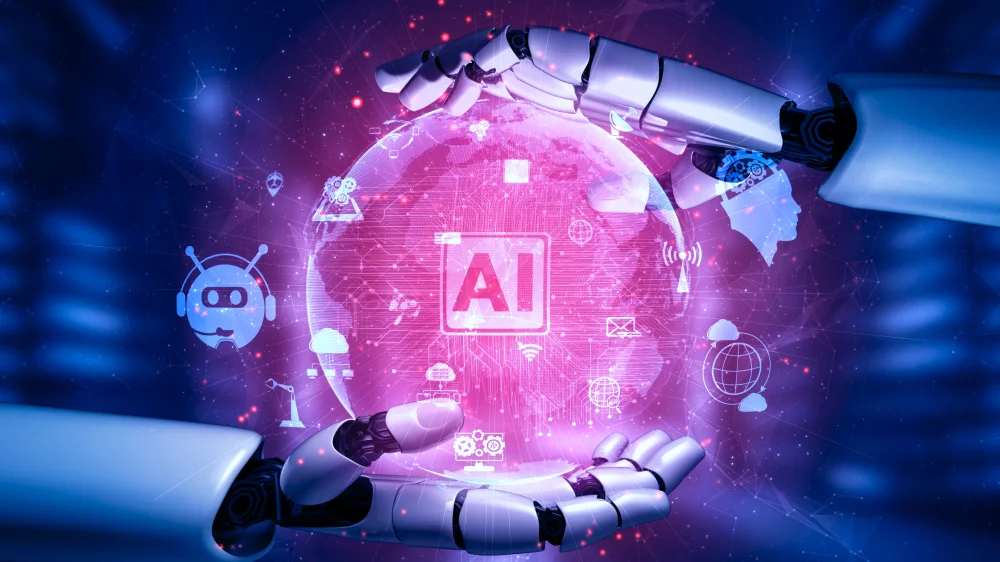There are incredible potential benefits and real risks from new technologies – from labour market instability, increasing inequalities and threats to national security and public health.
These governance issues require multiple players to come together to create workable solutions. The article will look at four fields where this work is already being done.
Definition
Technology are devices and systems designed to do things a bit easier, for example customer management software or even just simply coming to your office. This covers everything from CRM software to entry card keys.
The technological advances are changing the way companies work and communicate with customers, but they are also a great risk that must be handled carefully and intelligently.
New technologies can be both good for society – by driving up efficiency and productivity and reducing costs – but they can also deepen inequality or threaten public safety and national security.
Technology is increasingly dependent on ever-increasing and evolving structures to control it, which span many policy domains and many actors; some even reach into domains threatening regimes abroad.
Purpose
New technology can position companies and enhance their products and services, and also save businesses money by automating work that previously involved manual labor or care.
Machines have already redesigned manufacturing and medical sectors. We now see robots as part of the human crew from manufacturing to medicine; wearable devices could monitor heart rate and blood pressure so we can keep ourselves fit.
Extended Reality (XR) – Virtual and Augmented Reality – are increasingly used in training scenarios such as aviation and automotive manufacturing to lower training costs and improve the learning process.
Benefits
New technologies can make the processes more efficient and productive, automation and customer experience. With online chatbots or mobile apps, businesses can get to the bottom of customers’ queries and cut down on wait time and save time and money by reducing manual labour.
Technology adoption must be part of an overall enterprise success. Reminding staff of the benefit of new technology can help fend off resentment and garner buy-in; narratives of how the software has helped the company to achieve its objectives and how it benefits individual employees are all effective methods for that.
Training and workshops must also be offered to get employees up to speed on the new technology. Often team leaders should start with some knowledge of it so they can help their team adjust.
Limitations
Corporations are not so good at adopting new technologies. It is from employee training and support to lack of management support.
But technology still plays a crucial role in modernity, even when it fails. Whether it’s small software to manage everyday activities or complex production-line platforms, the latest technologies improve the efficiency and productivity of every industry.
And for all the positives these technologies promise, there are moral, financial, safety, environmental and national security dangers to those technologies as well. A coordinated response to them, and an appropriate use of them, is necessary; one that will provide both knowledge of how new technologies emerge and normative analysis of their governance.
Applications
New technologies are possible for any purpose, from improving productivity, efficiency, safety and product creation – to making a huge cultural impact in society and culture as a whole.
Green energy innovations like improved solar cells and redesigned wind turbines reduce costs and emissions; other innovations like nanotechnology help in medicine, food and transport.
Augmented and virtual reality (AR) are both VR, delivering immersive experiences, which is why the healthcare and aviation domains like XR are perfect for simulation-based training without the risk of any loss.
CRISPR gene editing promises the cure of some genetic disorders, and a way to save endangered species – but there are ethical questions too. The synthetic media technologies such as deepfake and automated video are a source of entertainment, education and media creation.




